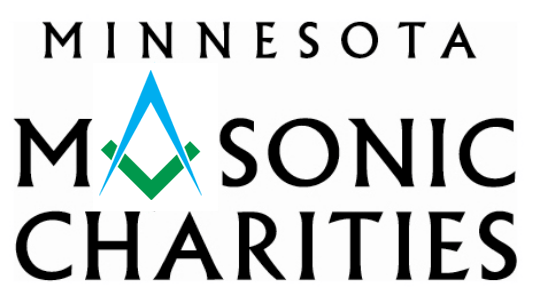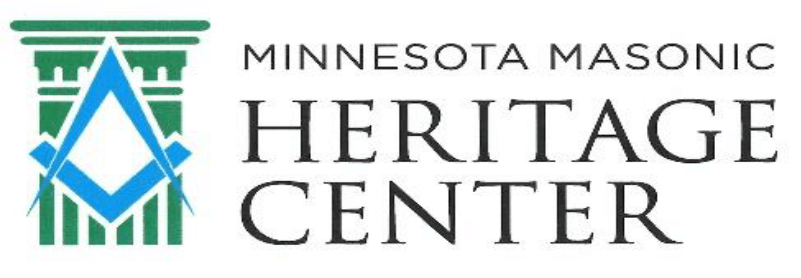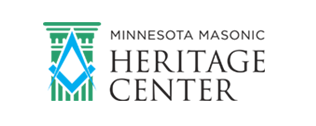Preserving the Past
March 29, 2017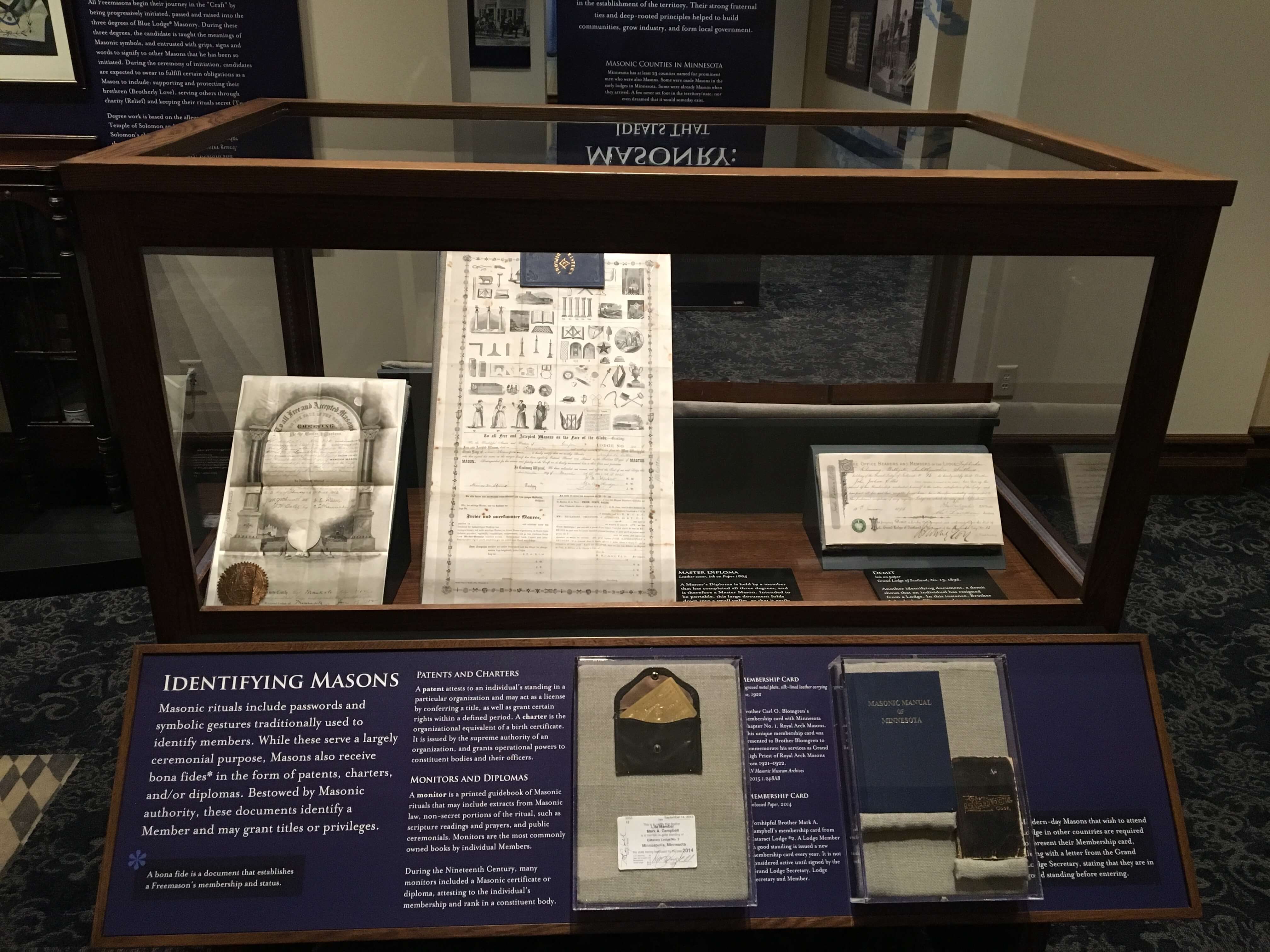
In addition to showcasing Masonic history, the Col. James B. Ladd Museum and Charles W. Nelson Library is a place where staff work to preserve important relics from the past. As our curator, Theresa Norman, phrases it, “Museums and historical societies engage in…preservation planning….[and] museum staff are generally tasked with preserving their organization’s historical artifacts.” Toward that end, Theresa applied for and recently won a grant from the Minnesota Historical Society’s Arts and Cultural Heritage Fund to purchase a data collection system that will monitor light, temperature and relative humidity.
The Importance of a Good Environment
What’s the purpose, you may ask, of monitoring light, temperature and humidity in a museum? Good question! Just as humans are sensitive to sunlight, heat or cold, and humidity, so too are all objects. The catch is that no two objects react in the same way.
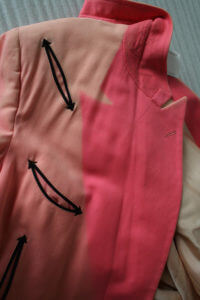
Light, for instance, saps the color from dyed and printed fabrics. Take a look at the image on the left of a jacket owned by the Canadian Country Music Hall of Fame. Regrettably, it’s a wonderful example of light degradation. Damage like this is caused by overexposure to light and it is irreversible.
Excess moisture in the air is also bad for fabrics (think mold) and other organics like wood and paper—as in old books or manuscripts pictured above. At the same time, the complete absence of humidity can cause certain paper, fabrics and other organic material to become overly dry or brittle. The task of preserving artifacts is a constant balancing act.
Heat and cold are factors in and of themselves and they play a role in humidity. As we know in Minnesota, our cold winters are very dry. Our hot summers can be very humid. While insulated interior spaces have less temperature variance, relative humidity can still be affected by conditions outside.
In addition, extremes in temperature can cause inorganic materials (like metal or stone) to expand or contract. High temperatures, in particular, can make atoms speed up in something like an old steel sword. The resulting chemical reaction will contribute to the object’s decomposition.
The Grant
 Financed in part with moneys from the State of Minnesota’s Clean Water, Land & Legacy Amendment, the Minnesota Historical Society grant enables us to purchase 20 data loggers and the software we need to gather and track their data. Every hour, each logger will record the nearby light level, temperature and relative humidity. Loggers will be in the museum in the Heritage Center and near the General Store in Town Square. They will also be in collection storage areas.
Financed in part with moneys from the State of Minnesota’s Clean Water, Land & Legacy Amendment, the Minnesota Historical Society grant enables us to purchase 20 data loggers and the software we need to gather and track their data. Every hour, each logger will record the nearby light level, temperature and relative humidity. Loggers will be in the museum in the Heritage Center and near the General Store in Town Square. They will also be in collection storage areas.
Every three months, Theresa will download readings from the loggers and graph the results on her computer. If the readings show that humidity is too high, she can install a dehumidifier. If the light reading doesn’t match museum standards, she can alter the lighting. By recording, tracking and responding to these regularly recorded data points, Theresa can reduce the chance that our valuable Masonic artifacts will be adversely affected by environmental factors, and thus preserve and prolong the collections’ life.
